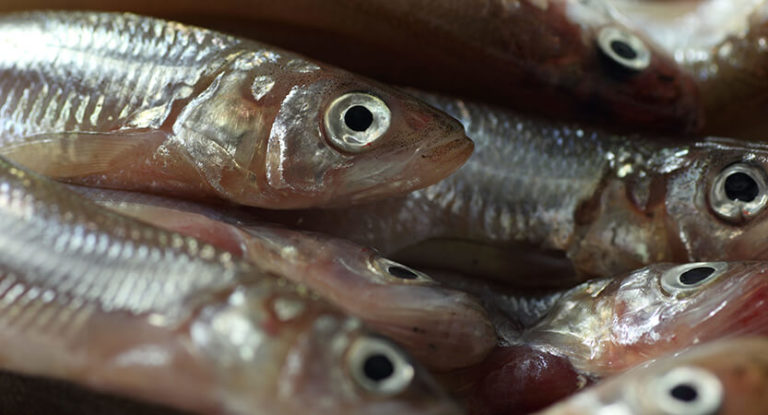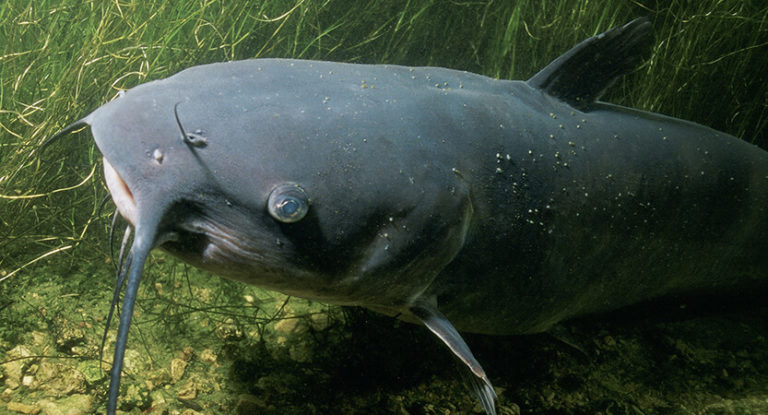Fishing consists of many stages, from installing the rig and preparing the lures to fishing directly, and each of them requires a thorough approach. For example, in case of untimely hooking and inept fish playing, you can return home with an empty cage, even with intense biting. It would seem that what is difficult here, take it and drag it on yourself, but in reality everything is a little different, especially when mining large specimens.
The inept actions of the angler after the bite can nullify all efforts to catch the fish. At best, the fish can simply get off the hook, wagging its tail goodbye to an unlucky angler, at worst, confuse or break the rig. There have been cases when, when capturing trophy specimens, rods even broke, and they were designed for the corresponding loads. Let’s figure out how to properly act after a bite.
Here is an overview of the content of this tutorial, feel free to jump to any section you care about:
For more fishing instructions, take a look at these popular Trizily links: Best Underwater Fishing Cameras, Best Bass Fishing Lures.
- Fishing For Pike With Live Bait
- The Ultimate Guide To Catching Crayfish
- Secrets Of Successful Fishing- Tips and Tricks
How to recognize a bite
When fishing with classic rods , a float is usually used as a signaling device. When fishing in stagnant water or a weak current, it is not difficult to see a bite, but in a strong wind, high wave or rapid current, it is quite problematic to recognize it. It happens that the float jumps on the surface of the water due to the activity of juveniles, which are not of interest to the fisherman.
As a rule, large, peaceful fish does not take the bait immediately, first tasting it, but there are exceptions. However, the bite usually looks expressive: the bream often lays out the float, and the crucian carp either abruptly takes it to the side, or warms it up. However, this is not a dogma: the main thing is that the float will drastically change its position in the water, which is a signal to strike. For night fishing, floats covered with a fluorescent compound and additional external lighting are used.
As a signaling device for bottom gear , bells are most often used, which ringing notify about the tension of the line and, accordingly, the bite. The most modern variation of the bite marker for this type of tackle is the electronic signaling device. If the bottom rig assumes the presence of a rod, it is this that is the main signaling device – the bell plays an auxiliary role. When fishing with a spinning rod, the bite is transmitted directly to the rod and is felt by the angler without additional devices. When fishing with fly fishing, the signal of a bite is a splash of fish or a stop in the movement of the line.
Common jogging mistakes
There are tackles that were originally designed for self-hooking, for example, classic bottom rods and floating rods in the form of circles. There is a chance that the fish will be hooked by itself and on other tackle, but you should not rely on this too much. In order for the prey to sit tightly on the hook, the correct actions of the angler are needed.
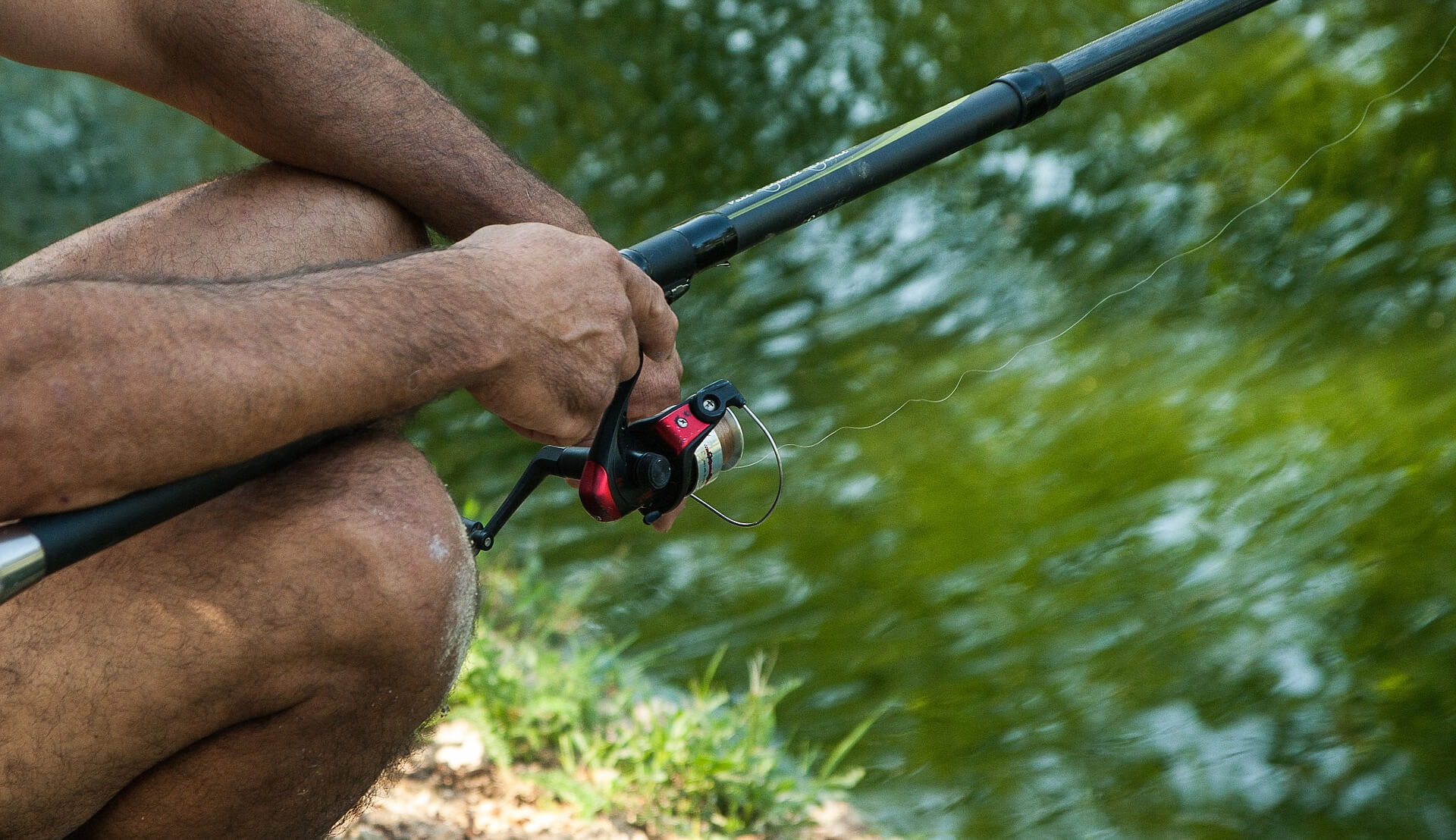
Let’s take a look at the most common mistakes that can occur when jogging:
- Invalid actions . In this case, we are talking about unnecessary and even harmful actions of the fisherman, contributing to the descent of prey from the hook. This is any manipulation of the reel and fishing line that does not provide for a sufficiently sharp cut that can drive the sting of the hook into the lip of the fish. You need to act, first of all, with a rod, if its presence is provided by the equipment, of course.
- Wrong timing . The most problematic moment is choosing the optimal time for decisive action. It is comprehended only through experience and knowledge of the habits of a certain kind of fish . An excessively sharp movement immediately after a bite can lead to the fact that the dumbfounded fish will simply release the nozzle from its mouth: it is just trying the proposed dish. Hooking too late can have a similar effect: potential prey will feel the hook and line in their mouth and spit them out. This is especially often the case with weak fish activity.
- Incorrect calculation of the sweeping force . Pulling the rod too hard in any case may damage the rig. You should take into account the force of the jerk and depending on the type of intended prey. For example, most representatives of the carp family are distinguished by soft lips, and overly active striking can simply tear them apart. But most of the predators (with the exception, perhaps, of the perch) boast powerful jaws that cannot be pierced with a gentle movement. Therefore, the most versatile is the mid-force hooking, without excessively sharp jerking of the rod up – you do not yet know exactly who exactly was tempted by the bait.
Playing rules
Hooking a fish is not even half the battle, especially when it comes to a large specimen. Now you need to pull it ashore, remove the hook and place the prey in the cage.
The first rule of the angler is: never slacken the line while giving the fish some freedom. If the line weakens to a large extent, the large specimen is almost guaranteed to come off the hook. When playing a heavy and powerful fish, you cannot just pull it towards yourself along a straight trajectory: you need to “obey” its yaw on the sides a little, inexorably directing it to the shore.
A very common mistake made by newcomers is to attempt a sharp rise in prey far from the coast. Some representatives of the ichthyofauna, for example, bream, are recommended to give a breath of air during the process of playing: then it is easier to lay it on its side and pull it to the shore. However, you need to do this very carefully, gently lifting only the head of the fish above the surface, and not all of it.
With trophy fishing, and the accidental capture of large specimens, a correctly configured friction clutch will serve you faithfully . This is the mechanism built into most good spinning reels. It does not firmly fix the line during the jerk, but allows it to slightly bleed off after the jerks of the fish, thereby extinguishing the load on the rod and rig. The bleed range is set by adjusting the friction brake according to the characteristics of the rod and the weight of the intended prey.
Another important point: during the struggle for its own life, the fish seeks to go into their usual habitat, which greatly complicates fishing in thickets and snags. Tench and carp demonstrate a special love of life and resistance to the fisherman , therefore, special skill is required to fish them. The main task of the angler is to prevent the trophy from moving too far to the side, so the fishing is carried out along a trajectory as close as possible to a straight line.
And the last rule of the angler : always have a landing net with you, even if you go to a nearby pond for a crucian with your palm . The capture of a respectable specimen can never be ruled out.
Hooking and playing when fishing on ice
Winter fishing is radically different from summer fishing. Float tackles are rarely used: in most cases, they are replaced by nodding rods. A short rod assumes a lot of stress on it, so the striking should be done sharply, but as carefully as possible. The sweep amplitude is calculated based on line characteristics, whip length and fishing depth.
The main problem is playing large specimens. The fish tends to go either to a depth or under the ice, outside the hole, which significantly complicates the process. It is important here to prevent weakening and significant drift of the line to the side. After hooking, you need to put the rod on the ice and carry out further fishing exclusively with your hands, controlling the tension of the fishing line.
The closer the fish is brought to the hole, the worse the fishing line will amortize, therefore, its breaks occur mainly at the final stage. However, when the prey is already in the hole, its activity decreases: after a breath of air, the fish calms down a little. At this moment, it is easier to pick it up with a hook, and in the absence of it – with one hand under the gills.
Whenever and wherever you are fishing, we wish that the number of fish in the cage is as close as possible to the number of bites. Agree, fish on a hook and in a pan are two big differences!

![The 10 Best Fishing Coolers in 2023 [Detailed Guide] 2 The 10 Best Fishing Coolers in 2023 [Detailed Guide]](https://trizily.com/wp-content/uploads/2022/03/best-fishing-coolers-768x768.jpg)
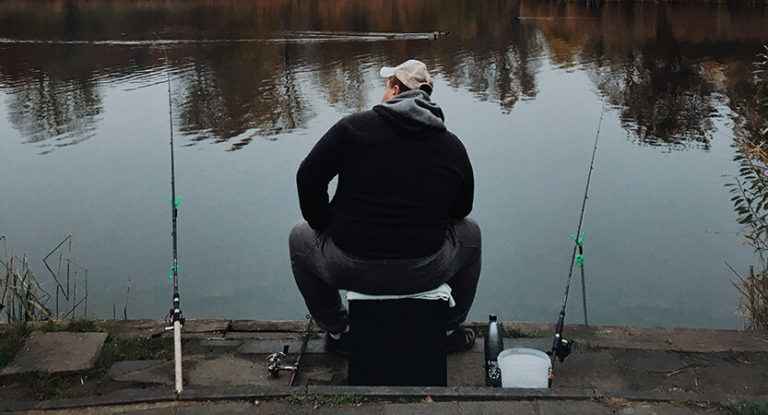
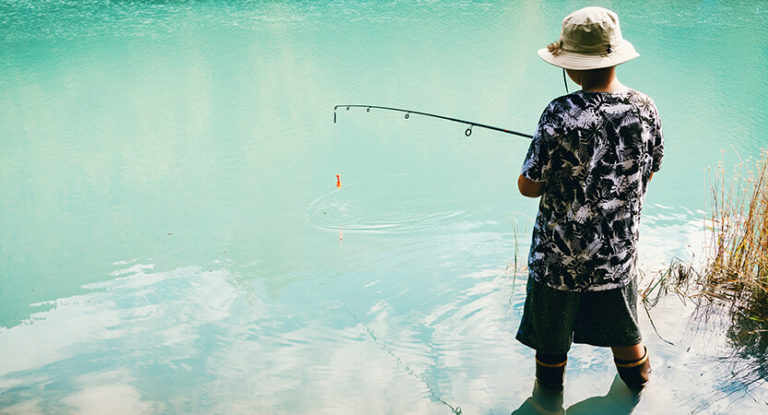
![Top 10 Best Fishing Multi Tools [Reviews & Buyers guide] 15 Top 10 Best Fishing Multi Tools [Reviews & Buyers guide]](https://trizily.com/wp-content/uploads/2022/03/best-fishing-multi-tools-768x768.jpg)
